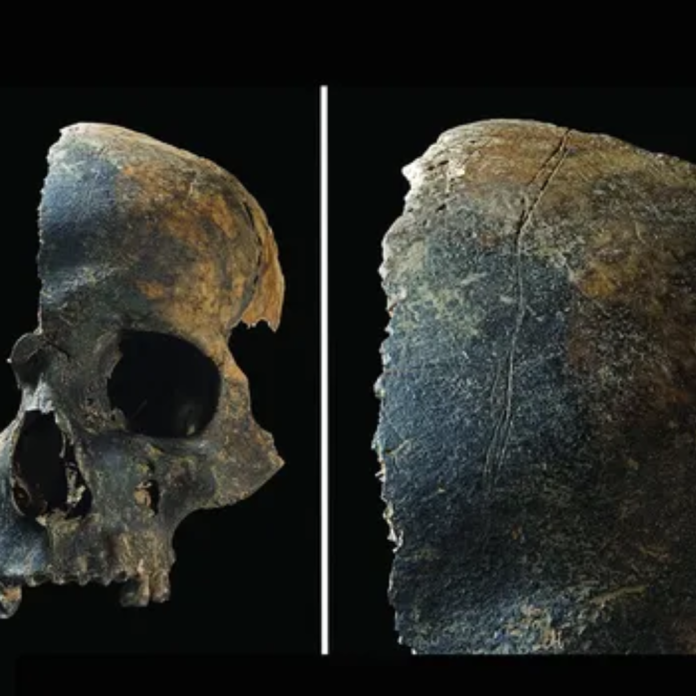Over 4,000 years ago, nearly 40 individuals in what is now England met violent and brutal deaths. Modern analysis of their bones has revealed horrific acts of violence, including scalping, tongue removal, decapitation, defleshing, evisceration, and cannibalism.
“This paints a far darker picture of the time than many would have expected,” said Rick Schulting, an archaeologist at the University of Oxford. He described the findings as a reminder that prehistoric people were capable of atrocities akin to more recent violent acts.
Schulting and his team published their detailed study of the bones in Antiquity on December 16. The bones were discovered in the 1970s at Charterhouse Warren, located in Somerset, England, where over 3,000 bone fragments were recovered from a 66-foot-deep natural limestone shaft. The remains of at least 37 individuals—ranging from newborns to adults—were found, with radiocarbon dating confirming their deaths occurred during the Early Bronze Age (2200 to 2000 B.C.).
Upon closer inspection of the fragmented remains, the research team found that at least 30% of the skulls had fractures consistent with trauma occurring around the time of death, indicating violent fatalities. The situation became even grimmer after death. Approximately 20% of the bones displayed cut marks made with stone tools. These marks provided insight into the brutal postmortem treatment of the bodies. For instance, cuts on the frontal bone of one skull suggested scalping, while slicing marks on another skull’s lower jaw indicated tongue removal. Cuts found on the ribs were believed to be associated with evisceration. Additionally, at least six individuals had marks on their cervical vertebrae, indicating they had been decapitated. Some bones from hands and feet showed signs of crushing, likely consistent with human chewing.
The extensive violence and body processing discovered at this site are highly unusual for Bronze Age Britain, and the researchers emphasized that these practices were not tied to any known burial rituals. “The presence of at least 37 individuals suggests a massacre that wiped out a significant portion of a community,” the study authors wrote. “The violence may have continued after death, and it seems likely that the aim was not only to eliminate a group but also to dehumanize them in the process.”
The motives behind such a brutal act remain unclear, but the researchers speculate that the violence could have been retaliatory—perhaps in response to an earlier violent event or a perceived breach of a serious social taboo. “This suggests that the violence may not have been senseless, but rather a politically charged act,” they proposed.
Anna Osterholtz, a bioarchaeologist at Mississippi State University who was not involved in the study, commented on the research, noting that violence like this often serves a social function. “Violent acts performed in front of an audience are crucial for establishing group identity and negotiating social relationships,” she explained. Understanding what this violence says about group identity can only be inferred from the archaeological evidence.
A possible clue to the motivations for the massacre comes from the identification of Yersinia pestis, the bacterium responsible for plague, in the teeth of two children found at Charterhouse Warren. The presence of plague in at least two individuals suggests that illness may have fueled fear in the region, potentially exacerbating the violent actions.
The research into these Early Bronze Age remains is still ongoing. “Work continues to shed light on this dark chapter in British prehistory,” the researchers concluded.
By Live science


